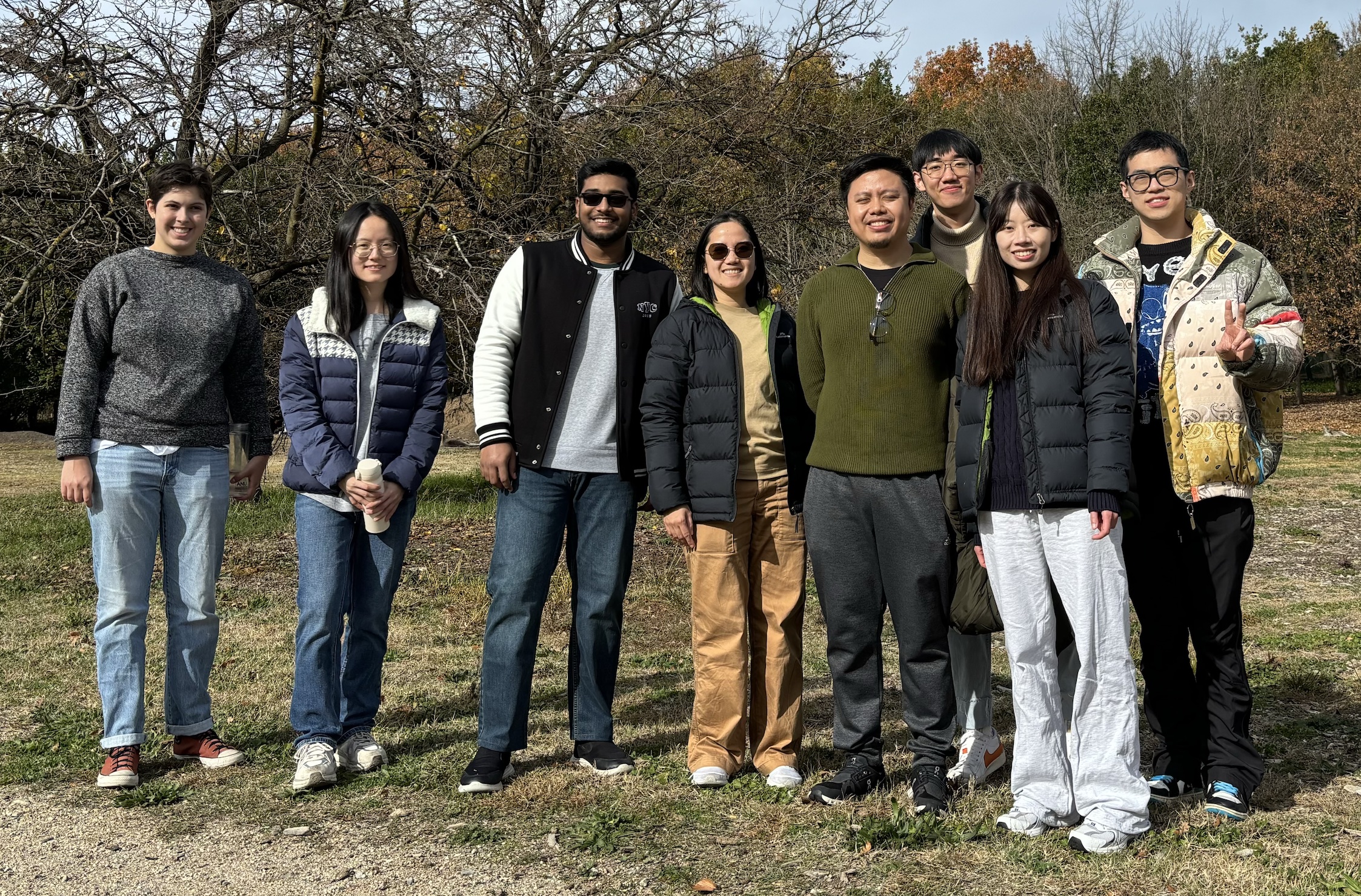
Danila Group – Plant cell structure and intercellular communication
Our group studies plasmodesmata to answer important plant science questions related to development, cellular transport, root biology, signalling and evolution.
About
My group’s long-term goal is to make crops more climate-resilient and disease-resistant. Plasmodesmata (PDs) are the conduits connecting the cytoplasm of plant cells and are essential for intercellular transport in plants. The vital role PDs play in plant growth and development encompasses different plant tissues. In roots, PDs primarily contribute to water and solute transport. In leaves, PDs are fundamental for metabolite exchange and sugar unloading during photosynthesis. In stems, the presence of PDs is crucial for successful grafting as they facilitate exchange of genetic material between the rootstock and the scion. PDs also play important roles in resistance to pathogen infection, contribute to the plant’s ability to deter predators and respond to environmental stimuli. Therefore, understanding the genetic mechanisms underlying PD development will provide new avenues to improve crops.







